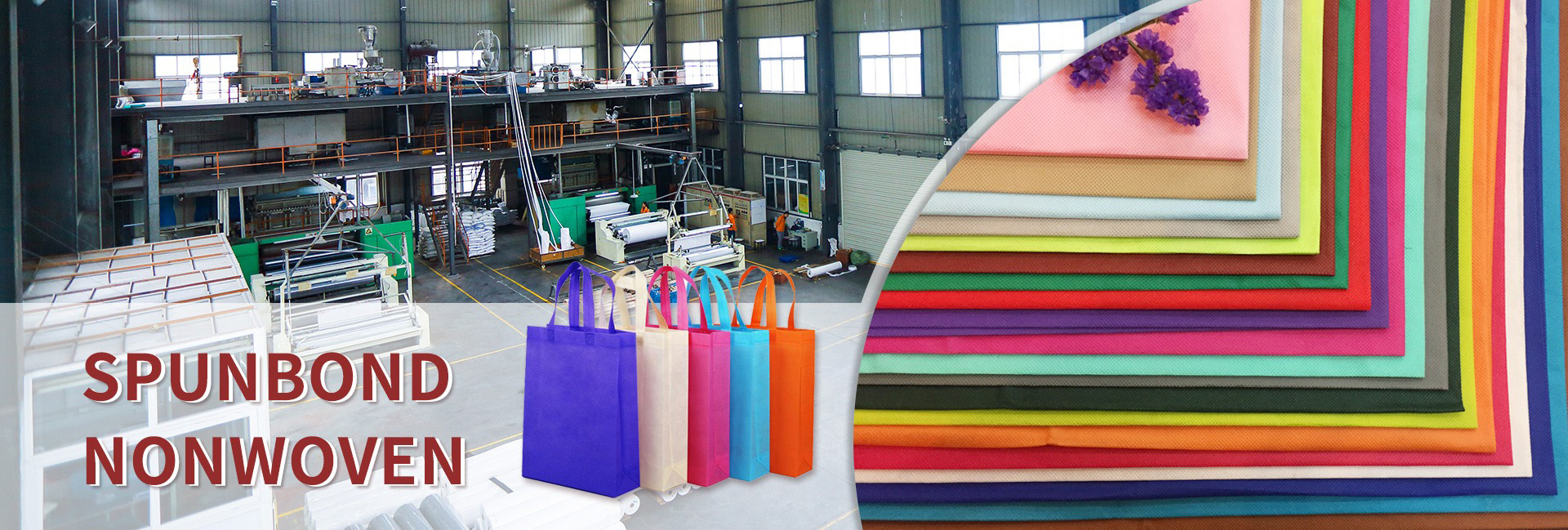Indeed, the value of spunbond nonwoven fabric has long surpassed the well-known field of protective clothing, and is achieving significant breakthroughs in the medical packaging and instrument liner fields with higher technological barriers and added value due to its excellent barrier performance, cleanliness, and customization potential.
This is not only an expansion of material applications, but also a direct reflection of the modern medical industry’s requirements for safety, efficiency, and compliance.
Medical packaging: the ultimate sterile barrier
In the field of medical packaging, spunbond nonwoven fabrics (especially high-performance materials made through chemical bonding processes, such as DuPont’s Tyvek) ® Tewei Qiang plays the role of the “ultimate sterile barrier”. Its comparative advantages with traditional materials:
In terms of microbial barrier, spunbond non-woven fabric (using Tyvek) ® For example, a dense fiber network can effectively block bacteria and viruses, which is excellent compared to traditional medical packaging materials.
In terms of breathability, spunbond non-woven fabric (using Tyvek) ® For example, it allows sterilization gases such as ethylene oxide to penetrate while effectively blocking microorganisms. Traditional medical packaging materials depend on the material.
In terms of puncture resistance and strength, spunbond non-woven fabric (Tyvek) ® For example, it has high strength, tear resistance, and friction resistance, ensuring transportation safety. Traditional medical packaging materials have lower strength and are easily damaged.
In terms of cleanliness, spunbond non-woven fabric (using Tyvek) ® For example, it is extremely low in debris to prevent fiber contamination of sterile instruments, and traditional medical packaging materials are relatively high.
In terms of environmental protection and cost, spunbond non-woven fabric (Tyvek) ® For example, it is relatively light and can reduce transportation costs; But the cost of the material itself is relatively high, and traditional medical packaging materials depend on the specific material.
These characteristics make spunbond nonwoven fabric the preferred choice for the following high-end application scenarios:
Sterilization bags and covers: used for packaging surgical instruments, catheters, implants, etc.
High end equipment protection: Especially suitable for packaging equipment with sharp edges, its excellent puncture resistance avoids the risk of contamination caused by packaging damage during transportation and storage.
Instrument pads and trays: Customized guardians
In the field of instrument liners, the “customizability” of spunbond nonwoven fabrics shines brightly. It is no longer just a flat material, but has become a “customized seat” for precision medical equipment through processes such as deep stamping and die-cutting.
Application form:
Instrument tray lining: Create independent and fitting grooves for each instrument (such as scissors, pliers, orthopedic drill bits) inside the surgical tray.
Core values:
Fixed and protected: prevent valuable precision instruments from colliding and wearing out during transportation.
Organization and efficiency: Standardize the surgical process, allowing medical staff to quickly count and retrieve instruments, and improve the efficiency of the operating room.
Functional integration: High end pads can also integrate a liquid absorbing layer to absorb small amounts of blood or flushing fluid during surgery, keeping the instruments dry.
Market driven and future trends
Behind this “application breakthrough” is a strong market demand and a clear direction for industrial upgrading:
High end medical device growth: With the rapid development of minimally invasive surgery, robotic surgery, and implantable medical devices, the demand for high-performance, high reliability packaging and protection solutions that match them has surged.
Driven by regulations and standards: Worldwide, packaging regulations for medical devices (such as ISO 11607) are becoming increasingly stringent, requiring packaging to maintain the sterility of the product until the point of use. Spunbond non-woven fabric is an ideal choice to meet these stringent standards.
Continuous material innovation: Future development will focus on:
A more environmentally friendly solution: developing recyclable or bio based spunbond materials.
Intelligent integration: Integrate indicators (such as sterilization color change indicators) or RFID tags in packaging to achieve intelligent logistics tracking and inventory management.
Improving cost-effectiveness: By optimizing processes, costs can be reduced while maintaining performance, expanding its application scope.
Summary
In summary, the breakthrough of the application of spunbond non-woven fabric from “wearing” protective clothing to “packaging” sterilization bags and “padding” instrument liners clearly outlines its path of upgrading from basic protective materials to high-tech and high value-added medical system key components.
Its success in the fields of medical packaging and instrument liners not only replaces traditional materials, but also provides an indispensable guarantee for the safety, efficiency, and reliability of modern high-end medical devices, and its market boundaries are constantly being redefined.
Dongguan Liansheng Non woven Technology Co., Ltd. was established in May 2020. It is a large-scale non-woven fabric production enterprise integrating research and development, production, and sales. It can produce various colors of PP spunbond non-woven fabrics with a width of less than 3.2 meters from 9 grams to 300 grams.
Post time: Nov-17-2025

